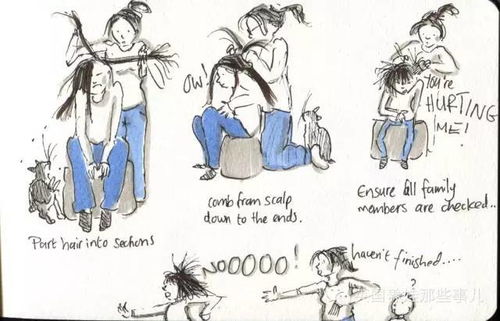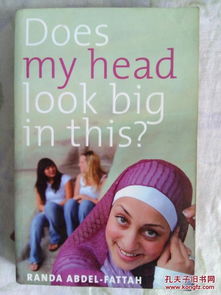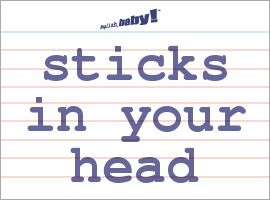
What Does Head Lice Bites Look Like?
Head lice are a common concern for many, especially children. Understanding what head lice bites look like can help you identify an infestation early and take appropriate measures to treat it. In this article, we will delve into the various aspects of head lice bites, including their appearance, symptoms, and how to differentiate them from other conditions.
Appearance of Head Lice Bites

Head lice bites typically appear as small, red bumps on the scalp. These bumps are often found in clusters and can be scattered across the head. The bites may be itchy, and scratching can lead to secondary infections, which can cause more severe symptoms.
Here’s a closer look at the appearance of head lice bites:
| Feature | Description |
|---|---|
| Size | Bites are usually small, ranging from 1 to 2 millimeters in diameter. |
| Color | They are typically red or pink, and may appear slightly raised. |
| Location | Bites are commonly found on the scalp, behind the ears, and around the neckline. |
| Clustered | Bites often occur in clusters, which can make them more noticeable. |
Symptoms of Head Lice Bites

In addition to the appearance of red bumps, head lice bites can cause several symptoms. These symptoms may vary from person to person, but some common signs include:
-
Intense itching: This is the most common symptom of head lice bites. The itching can be severe and may disrupt sleep.
-
Scalp irritation: The bites can cause the scalp to become red, inflamed, and sensitive.
-
Secondary infections: Scratching the bites can lead to infections, which may cause swelling, pain, and pus.
-
Loss of hair: In some cases, excessive scratching can lead to hair loss in the affected area.
Differentiating Head Lice Bites from Other Conditions

It’s important to differentiate head lice bites from other skin conditions that may cause similar symptoms. Here are some conditions that can be mistaken for head lice bites:
-
Dandruff: Dandruff is characterized by flaky, dry skin on the scalp. While it can cause itching, it is not caused by lice.
-
Seborrheic dermatitis: This condition causes red, scaly patches on the scalp, which can be itchy. However, it is not caused by lice.
-
Psoriasis: Psoriasis is a chronic skin condition that causes red, scaly patches on the scalp. It can be itchy, but it is not caused by lice.
Here are some tips to help you differentiate head lice bites from these conditions:
-
Inspect the scalp for live lice or nits (lice eggs) using a fine-toothed comb.
-
Look for the characteristic red bumps and clusters of bites.
-
Consider the severity of the itching and whether it is localized to the scalp.
Preventing and Treating Head Lice Bites
Preventing head lice bites is crucial, especially for children. Here are some tips to help you avoid an infestation:
-
Regularly check your child’s hair for lice and nits.
-
Encourage your child to avoid head-to-head contact with other children.
-
Keep personal items, such as combs and hats, separate from others.
For treating head lice bites, here are some effective methods:
-
Over-the-counter lice shampoos: These shampoos contain ingredients that kill lice and their eggs







